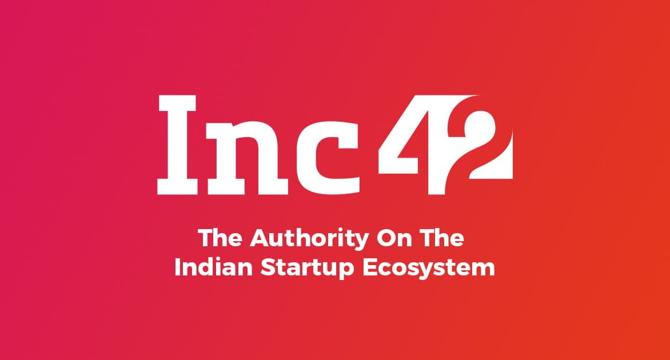Inc42
3w
371

Image Credit: Inc42
Paytm’s Four-Step Plan To Revive Its Revenue Machine
- Paytm is confident it is on the right track after the slump it endured post Reserve Bank of India (RBI) action on Paytm Payments Bank. Paytm managed to recover momentum in the recent quarter and its founders spoke about how the company is set to achieve sustained profitability. The bulk of the Q2 earnings call was spent on the default loan guarantee (DLG) provision which will boost Paytm's merchant loan business, particularly where the company has adopted a distribution-led revenue model. Paytm is looking to the wealth and insurance market as another potential source of revenue alongside its ads on the Paytm Soundbox.
- Paytm has implemented the DLG model which offers to compensate its bank or NBFC lending partners for any losses due to defaults in the lending partner’s loan portfolio, up to a certain percentage of the total amount disbursed. Paytm's assets under management (AUM) as on September 30, 2024 stood at INR 1,651 Cr and with board approval, up to INR 225 Cr has been provisioned for this arrangement.
- In its bid to monetise its payment customers by cross-selling financial services, Paytm is particularly focused on Paytm Money, which CFO Deora said it expects will ride tailwinds in the online brokerage space, while the company expects its insurance business to grow. Ads run on the Paytm Soundbox PoS device will be another revenue generator. In Q2, soundbox sign ups surpassed January 2024 levels with 1.12 Cr devices activated but will take more time to scale.
- Paytm has been redeeming inactive devices and deploying them to new merchants in a bid to increase its active merchant base and generate higher revenues. Sharma revealed that Paytm has reduced its expenses by 24% to INR 2,245 Cr this quarter from INR 2,937 Cr for the same quarter last year. AI has played a significant role in improving support productivity and cutting staff costs, he added.
Read Full Article
22 Likes
For uninterrupted reading, download the app